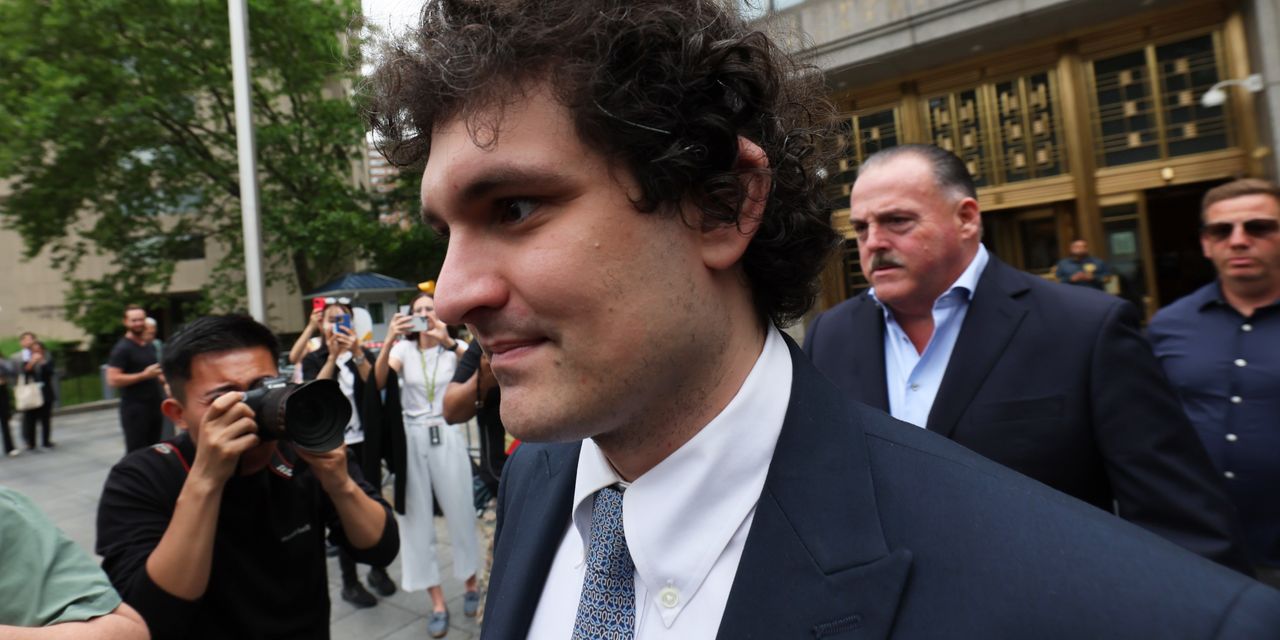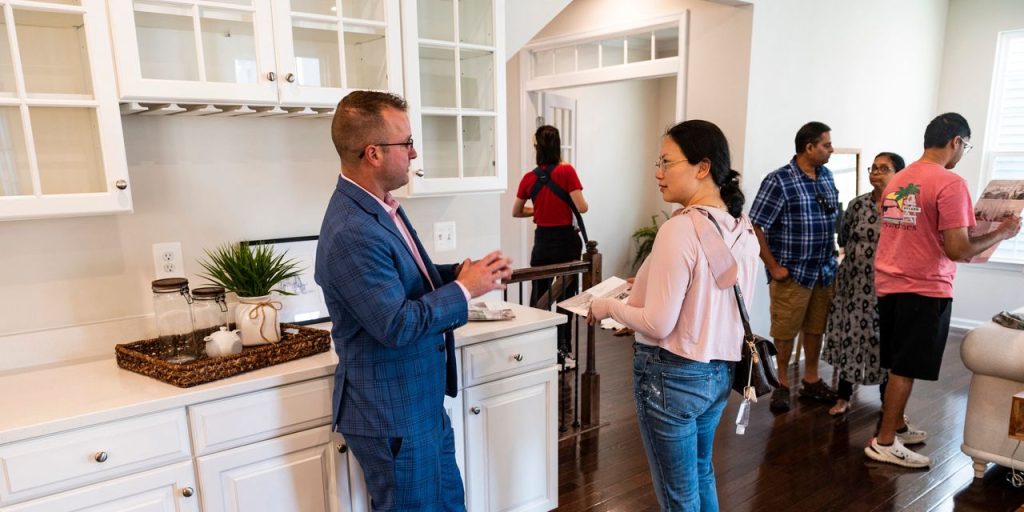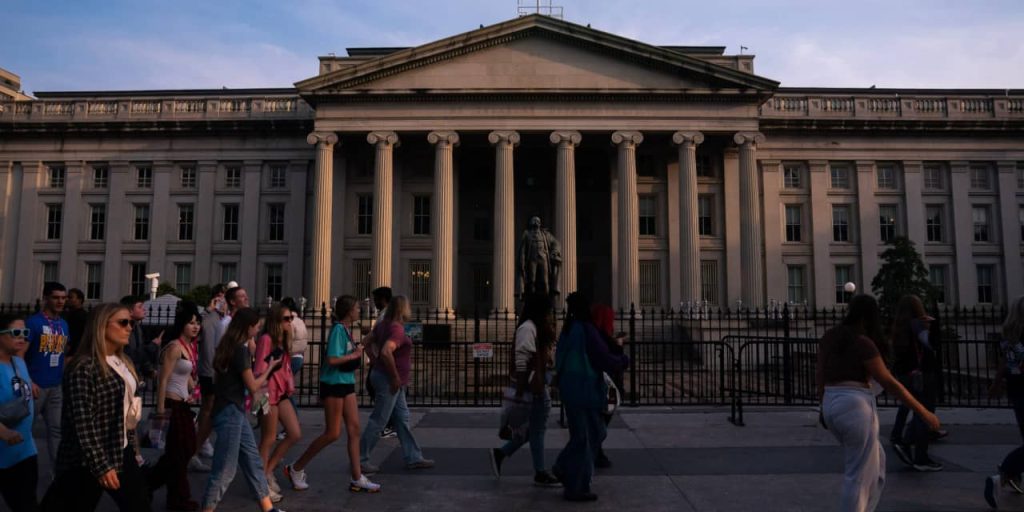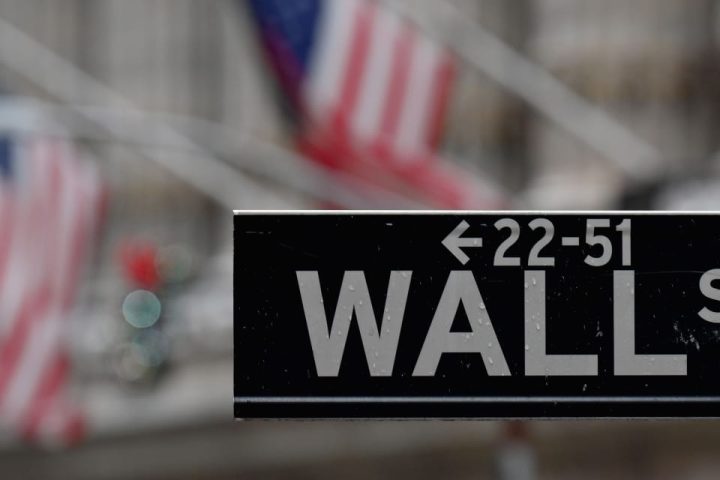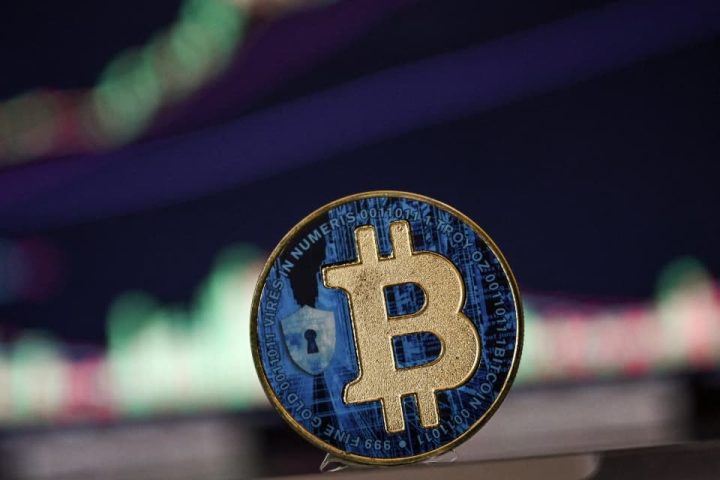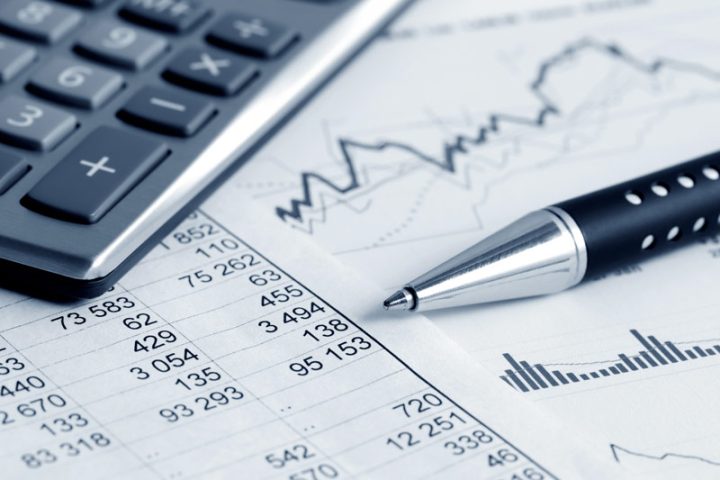FTX founder Sam Bankman-Fried insisted Tuesday that he was unaware that $8 billion of customer money had disappeared until just before his crypto exchange collapsed.
As both the prosecution and defense rested in the criminal fraud case against him in federal court in Manhattan. Bankman-Fried said he had long stepped away from day-to-day decision-making at FTX’s sister firm Alameda Research which is accused of squandering the missing money on risky investments.
“In retrospect, our oversight of that was very poor,” he said in his third and final day of testimony before the jury. “I deeply regret not taking a deeper look into it.”
FTX ultimately collapsed in late 2022, largely as a result of the billions in loans it had extended to Alameda, which prosecutors alleged was siphoned from customer accounts. Earlier Bankman-Fried and others had testified how borrowing limits placed on FTX customers had been lifted for Alameda, allowing it to fall into a deep hole.
Federal prosecutors have alleged that Alameda was effectively granted carte blanche to use FTX customer money to make risky bets and that customer money was used to finance luxury real estate purchases, private jets, investments and political contributions.
Both sides are expected to present their closing arguments on Wednesday and the jury could begin deliberating on Thursday.
Bankman-Fried made the risky decision to take the stand after weeks of damning testimony from several former FTX and Alameda executives who had pleaded guilty in the case and had agreed to testify against him.
Through much of his testimony, Bankman-Fried said he couldn’t recall details of many public statements he had made to the media and elsewhere, but stood firm that he had been out of the loop on how big of a hole had formed on FTX’s balance sheet and how much money Alameda had been allowed to borrow.
Prosecutor Danielle Sassoon peppered Bankman-Fried for hours over two days about discrepancies between his prior public statements and what he testified, in an effort to damage his credibility with the jury.
Read the full article here
